From September 1st to September 5th, 2019, 39 undergraduates from the School of Materials Science and Engineering, Zhejiang University, under the leadership of Dean Han Gaorong, Gao Mingxia, Ren Zhaohui, Qiao Xusheng and Wang Zongrong, went to Hong Kong for a five-day. During the exchange and visit activities of the day, it focused on visiting the four top universities of Hong Kong University, The Chinese University of Hong Kong, City University of Hong Kong, and Hong Kong Polytechnic University. Hong Kong's prestigious school exchange program hopes to create opportunities for more students to experience the scientific research and teaching environment of prestigious schools, and further enhance their understanding and interest in subjects. During the visit, the teachers and students of the college visited the urban area of Hong Kong, actively participated in material science-related seminars, academic lectures, and visited laboratories and R&D centers in various schools. The activities were diverse and rewarding.
On September 3, the exchange delegation went to City University of Hong Kong (CityU) to visit and study. The City University of Hong Kong was established in 1994 and is a vibrant university. According to the QS University Rankings 2019, CityU ranks 55th in the world and 5th among the 50 best universities in the world with less than 50 years of establishment; and according to the latest release of the Times Higher Education in 2019 In the world university rankings, CityU ranks first in the world in the category of International Vision. In the morning, Professor Shi Canhong, Acting Dean of the Department of Materials Science and Engineering, warmly welcomed the teachers and students of the exchange group and introduced the basic situation of the Department of Materials Science and Engineering of CityU in detail. Welcome to Hong Kong for further studies. On behalf of the School of Materials Science and Engineering of Zhejiang University, Dean Han Gaorong presented Professor Shi Canhong with porcelain plates representing friendship from Zhejiang University. In the afternoon, the exchange team listened to a seminar entitled Concentration Quenching in Up conversion Nanoparticles by Professor Wang Feng, alumni of Zhejiang University. The students were very interested and actively asked questions, and Professor Wang also patiently answered this. Then the exchange delegation visited the new energy and low-carbon center, plasma experiment center and electron microscope laboratory on campus. After careful explanations and serious demonstrations by the lecturers, the students have a preliminary understanding of relevant scientific knowledge, and their interest in materials science has become increasingly strong. In addition to the related laboratories of the Department of Materials, the exchange team also visited the Department of Media and Communication of City University during the visit and discovered that the discipline of materials is closely related to various industries. For example, the improvement of the sound insulation performance of glass has greatly contributed to the development of the media industry the promotion effect.
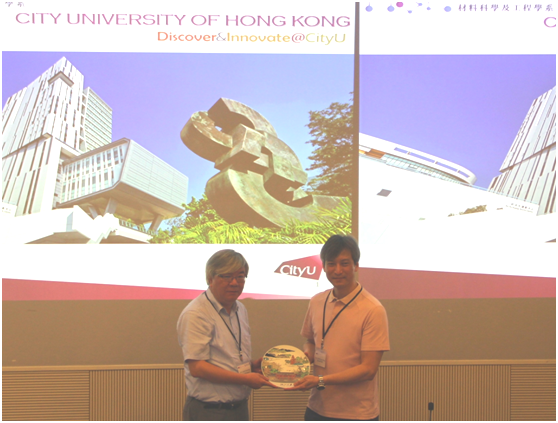
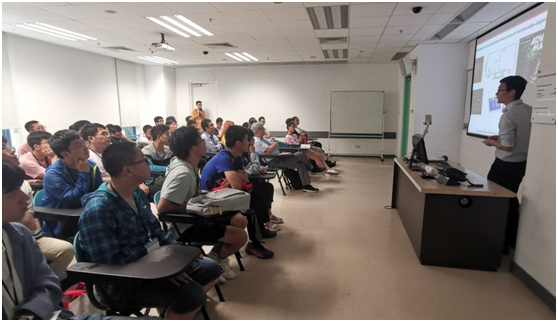
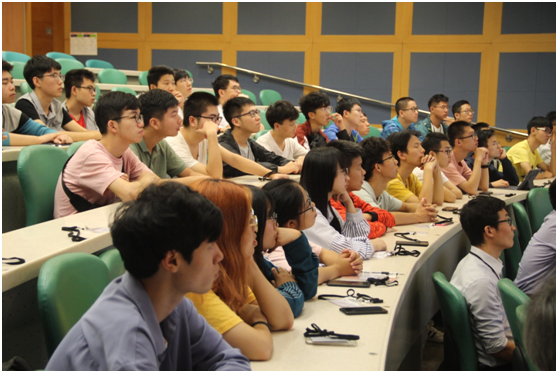
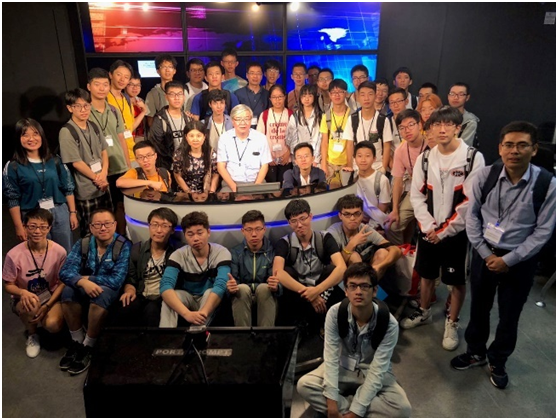
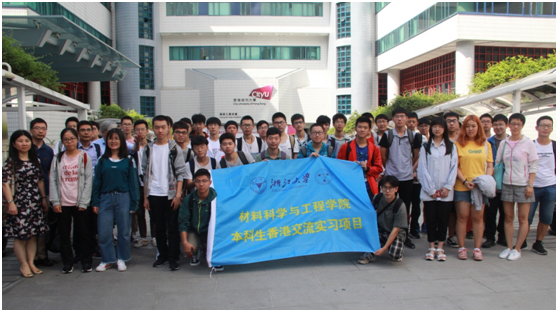
On the morning of September 4, the exchange team went to The University of Hong Kong (HKU) to carry out exchange activities. The School of Engineering of the University of Hong Kong warmly received students and teachers. First, Mr. Li Yifei from the China Affairs Office of the University of Hong Kong introduced the situation of mainland students who came to study at the University of Hong Kong. From the introduction, the students could see the strong support from the University of Hong Kong for mainland students who came to study. Since then, Professor Wu Zhaotang, the deputy dean of the School of Engineering of the University of Hong Kong, and Professor Yan Qingyun, the dean of the Department of Mechanical Engineering, introduced the long history, development history, outstanding alumni, academic situation and development direction of the School of Engineering and the Department of Mechanical Engineering to Zhejiang masters and students. Let us understand the deep foundation and strong academic strength of the University of Hong Kong. In the question and answer session at the end of the introduction session, the two professors patiently answered the questions in the minds of the students, and further deepened the students' understanding of the School of Engineering of the University of Hong Kong. After the introduction meeting, the students of the exchange group were divided into two groups, and under the leadership of volunteers from the University of Hong Kong, they visited the laboratory of the School of Mechanical Engineering of the University of Hong Kong. Although various instruments and equipment are slightly crowded in the small laboratory, the laboratory is still very tidy and the researchers' enthusiasm for the experimental project is also impressive. After learning about the upcoming news of the exchange group, a senior in the laboratory who graduated from Zhejiang University deliberately spelled out the three letters ZJU with the flexible conductive material he was developing, and gave it to his former senior sister teacher Wang Zongrong, which made us feel To a different kind of warmth.
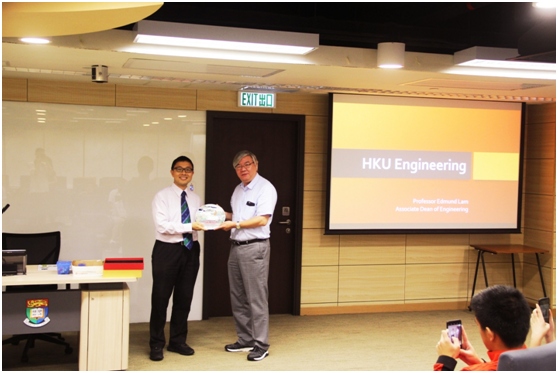
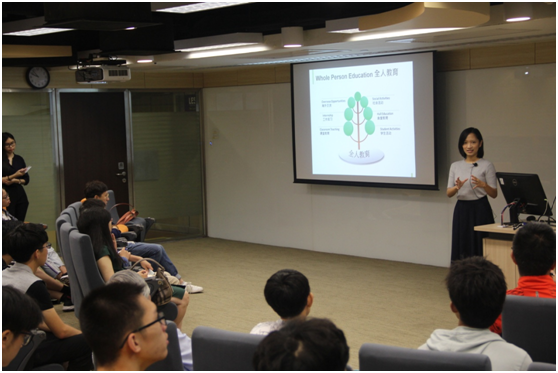
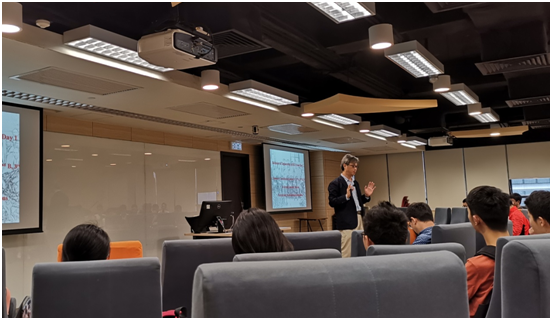
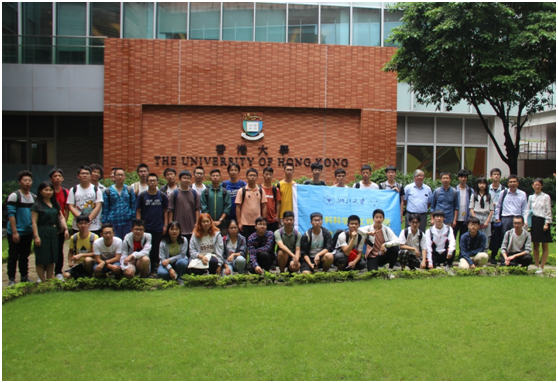
In the afternoon, bid farewell to the University of Hong Kong, and the exchange delegation came to the Chinese University of Hong Kong (CUHK) to visit and study. First, Professor Xu Boming, head of the Department of Physics, gave us an introduction to the department. What is impressive is that the world-renowned laboratory internships, international academic exchanges, and middle school teacher experience activities carried out by the Department have played a positive role in guiding students' life choices. After the introduction meeting, members of the exchange group divided into four groups and visited the four laboratories of the Chinese University of Hong Kong in turn. The research direction of the laboratory includes high-efficiency solar cells, plasma research, and ultrasonic levitation research that impresses students, etc., with rich content and diverse directions. After the visit, the students attended the English course of Solid State Physics by Professor Wu Ruiquan of the Department of Applied Physics. Although it was a little strenuous, the students still listened carefully, and there was no shortage of students who could keep up with the class progress. At the end of the day's trip, the students also had a heated discussion on the content of the course. After personal experience, the students have a more intuitive and concrete understanding of international teaching methods.

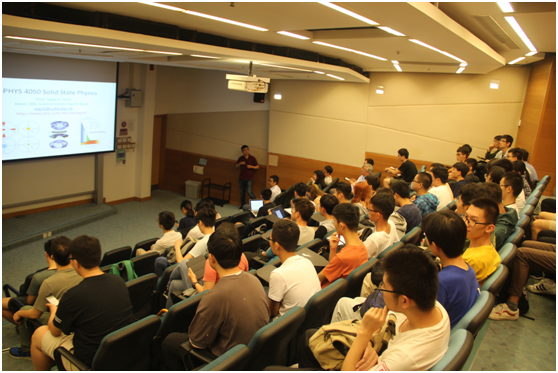
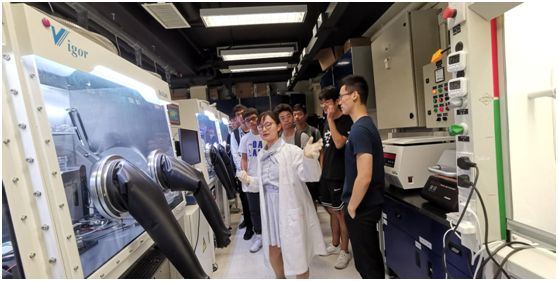
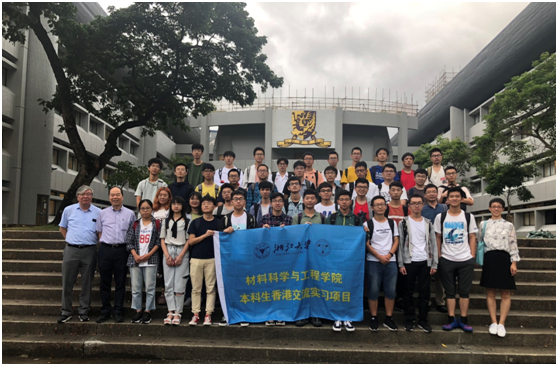
On September 5th, the exchange delegation came to The Hong Kong Polytechnic University (PolyU). The Hong Kong Polytechnic University is one of the oldest universities in Hong Kong, with multiple departments. We emphatically visited the Department of Applied Physics and Department of Textile and Clothing under the Faculty of Applied Science and Textiles. First, Professor Y.H. Tsang from the Department of Applied Physics brought the English course of Laser Principles and Applications to the students, so that students have the opportunity to approach the real classroom environment of Hong Kong universities. After class, Professor Chai Yang from the Department of Applied Physics introduced us to the development of artificial intelligence researched by his team, which allowed us to understand the various connections between the human brain and computers. Subsequently, Professor Liang Zhihua, the deputy head of the Department of Applied Physics in charge of teaching, introduced to us the basic situation of the Hong Kong Polytechnic University and its Department of Applied Physics. After the introduction, the exchange team visited the materials research center laboratory, the dust-free environment laboratory, and the intermediate physics laboratory. The students were full of interest and kept communicating with teachers and volunteers. In the afternoon, the exchange delegation visited the industrial building of the Polytechnic and visited the Material Physical Properties Research Laboratory and the Dye and Clothing Design Laboratory of the Department of Textile and Clothing. Afterwards, the exchange group visited the Fashion and Textile Center under the leadership of the teacher and saw the outstanding costume design works of previous graduates. The novel, beautiful and practical design surprised all visitors. In the underground factory of the Fashion and Textile Center, the teacher showed the students the detailed process of fashion production. The exquisite fabrics and huge textile machines have left a deep impression on us. Finally, the exchange group participated in the academic report of Professor Zheng Zijian from the Department of Applied Textiles on PAMD (Polymer-Assisted Metal Deposition) technology and flexible electronics. The students increased their knowledge, broadened their horizons, and felt the cutting-edge science charm.
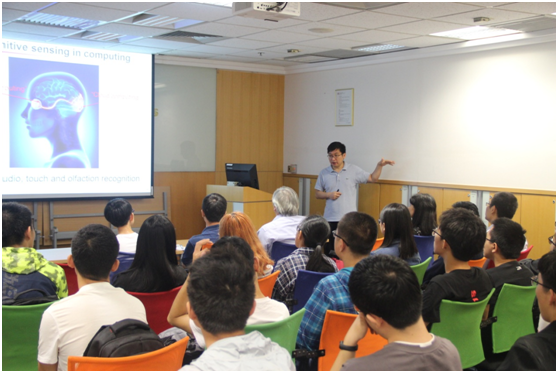
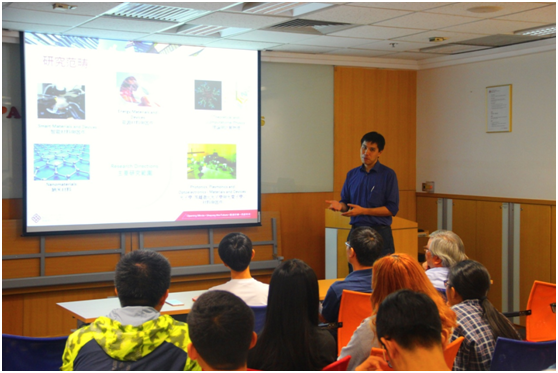
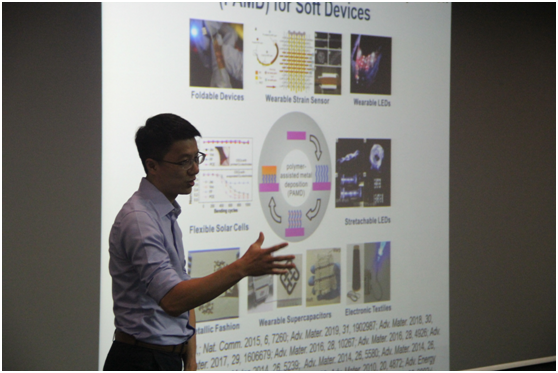
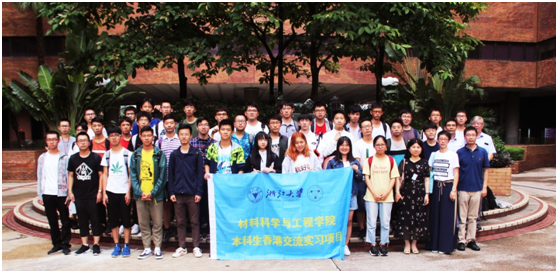
In addition to visiting top universities, the exchange delegation also visited the city of Hong Kong. After arriving in Hong Kong, the teachers and students of the exchange team first visited the three local Hong Kong museums, the Hong Kong Science Museum, the History Museum, and the Space Museum. They learned about the humanities and history of Hong Kong and deeply felt that the people of Hong Kong attach great importance to scientific knowledge and the strong local strength. Scientific atmosphere. The three museums are all under the jurisdiction of the Hong Kong Leisure and Cultural Services Department. The Hong Kong Museum of History displays Hong Kong’s unearthed cultural relics, historical pictures, etc., introduces the natural environment of Hong Kong, and tells the story of Hong Kong from small settlements in the Paleolithic era to small fishing villages in the agricultural era , The development process of an international metropolis until today. The Hong Kong Science Museum is divided into multiple exhibition halls, displaying various marvelous phenomena in multiple fields of science and technology, and explaining the scientific principles behind it in easy-to-understand language, which is lively and entertaining. The planetarium provides a detailed explanation of astronomical knowledge, ranging from small quarks that constitute protons to the unattainable local super galaxy clusters. The content is comprehensive and rich and can be described as all-encompassing. The short film of the Big Bang being played in the museum has also caused the leading teachers to also fall into reverie and stop and forget to return. At the same time, the exchange group visited the Victoria Peak and stopped at the lion pavilion and other viewing platforms to overlook Hong Kong and get a panoramic view of Hong Kong's urban area. Then they arrived at the famous Hong Kong scenic spot Repulse Bay to appreciate the natural beauty of Hong Kong. Then, the exchange team visited Victoria Prison and learned about the development and evolution of Hong Kong's prison and correctional system from the colonial era to the handover.

The exchange trip of the world-famous schools in Hong Kong is over. Looking back, the students have gained a lot. During this trip, the students not only felt the humanistic and natural charm of Hong Kong, a bustling city, and the strong academic atmosphere of prestigious schools, but also broadened their horizons, increased their subject knowledge and enriched their connotations in the exchange and learning. In addition, the teachers and students of the exchange team also strengthened their friendship with teachers and students of other schools during the activities, laying a solid foundation for the development of more college-level cooperation projects in the future.
Text/Wang Zixuan Picture/Huang Junchao
(Thank Nie Qunlin, Xu Taotao, Wang Junjie, Zhou Sheng, Zhu Panbin, Wei Pengbo and other students for providing materials)



